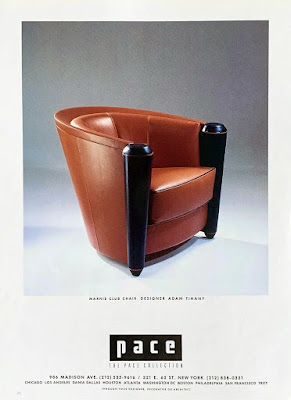Simple Inspiration (Erinnerungswald)
Just after Christmas in 1979, I moved to Germany to work as a Systems Engineer for an American computer company, in their Frankfurt office. It was West Germany at that time, and border tensions were often palpable enough that I chose not to travel anywhere in Eastern Europe. I didn’t even visit Berlin, despite opportunities for business travel there. Tempered by information I was exposed to while providing software and technical support to US State Department, US Military bases, and NATO, I was aware of the possibility of war with the Soviet Union, and even felt slightly uncomfortable when driving into a well-marked “bezirk zone” (the area immediately surrounding the East-West border during the Cold War).
US Air Force jets often flew in formation over West German cities and countryside. US tanks traveled in long formations on the autobahns. After being in Germany for several weeks, I realized that we still actively occupied this country — more than 30 years after the end of World War II. I had not been taught that in school, or through the news.
Trying to live an “authentic” German lifestyle, I moved to the Taunus Mountains north of Frankfurt in the village Schmitten 3 Oberreifenberg, and lived in this newly-built house below the castle ruins between Oberreifenberg and Niederreifenberg. I worked throughout West Germany from my office on Lyoner Strasse in Niederrad, near Frankfurt Airport, and a 35-45 minute commute from my house. In free time, I traveled often to neighboring countries, driving as fast as possible my company-issued Jetta to France, Switzerland, Austria, Luxembourg, Italy, Liechtenstein.
Nearly immediately, I made good friends. Through work, I had already bonded with the crew of ex-pats sent abroad to create an “American Branch” within the German headquarters. But new colleagues expanded my cultural awareness by inviting me into their homes and sharing everyday life with me. I will always be grateful to my direct manager Heiko Flaspoehler, who took me under his wing and helped me navigate the culture. My dearest German friend, Antje Pelzer and her husband Klaus (plus their son Olaf) were always generous with help and with hospitality.
In April of 1982, over Easter weekend, I drove to Paris for my fourth or fifth visit by car. My mom and my Aunt Eleanor had been my guests in Oberreifenberg, on their first and only trip to Europe, and we traveled for about ten days within West Germany and in neighboring countries. We met one of my colleagues in Strasbourg, and headed towards Paris. Accustomed to finding lodgings as we traveled, we were unable to find any rooms in Paris! This was a first, but I had failed to anticipate the holiday travelers. Always learning!
We solved the problem by staying in a very sketchy neighborhood in a hotel that may have catered to prostitutes and their clients. but we made the most of it for one night, then moved out to a hotel at CDG (Charles de Gaulle Airport) for the remaining two nights. It was far from where we spent our days, but was clean and comfortable. While strolling the left bank with my mom, I bought the print of this painting.
 |
Bread and dish with fruits on the table, 1909, Pablo Picasso |
Bread and dish with fruits on the table (1909) — Pablo Picasso
“In the collection of the Kunstmuseum Basel, this still life arose from the changes that Picasso made to a composition of figures around a folding table, which is the only element he retained.
Still visible between the table’s legs are the legs of the figure (possibly Cézanne) located on the right, although his arms have become loaves of bread. Similarly, the fruit-filled bowl on the left is an intriguing transformation of the figure of Fernande, Picasso’s lover at this period.”
Original Title: Pains et compotier aux fruits sur une table
Date: c.1909
Style: Analytical Cubism
Period: African Period
Genre: still life
Media: oil, canvas
I departed with that painting in 2004, when I moved from California to Hawaii, but I must say that I still admire it for its color palette, subject matter, and geometry.



Comments
Post a Comment